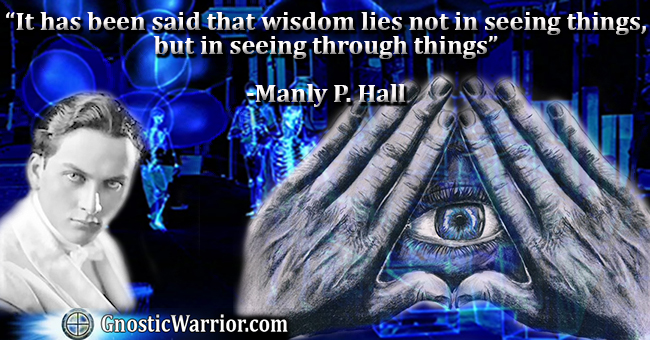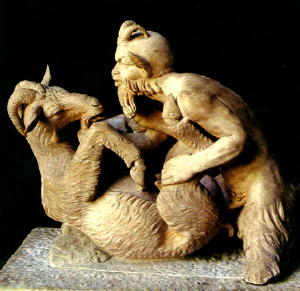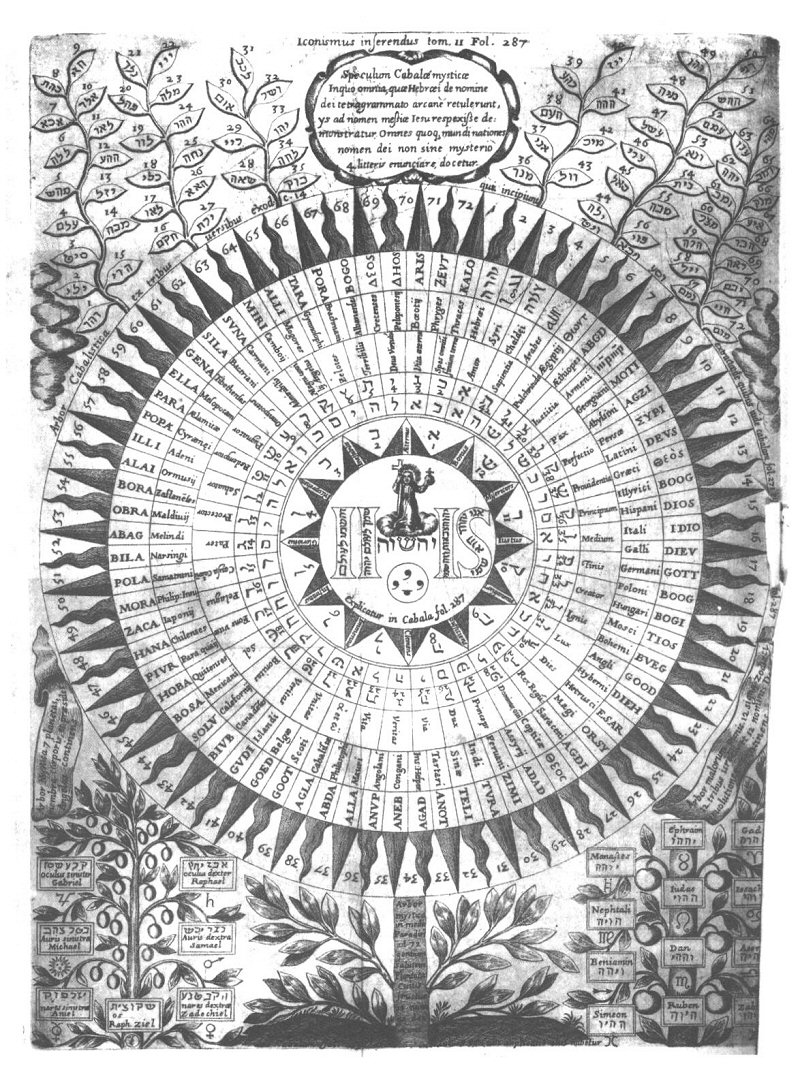“Of the song, the order of the sixth race close” –
which can only be interpreted as a reference to the sixth race evolved in the consecutive evolution of the spheres, Burges says: “. . . was evidently taken from a cosmogony where man was feigned to be created the last.“ — Ought not one who undertakes to edit another’s works at least understand what his author means?
Indeed, the ancient philosophers seem to be generally held, even by the least prejudiced of our modern critics, to have lacked that profundity and thorough knowledge in the exact sciences of which our century is so boastful. It is even questioned whether they understood that basic scientific principle: ex nihilo nihil fit. If they suspected the indestructibility of matter at all, — say these commentators — it was not in consequence of a firmly-established formula but only through an intuitional reasoning and by analogy.
We hold to the contrary opinion. The speculations of these philosophers upon matter were open to public criticism: but their teachings in regard to spiritual things were profoundly esoteric. Being thus sworn to secrecy and religious silence upon abstruse subjects involving the relations of spirit and matter, they rivalled each other in their ingenious methods for concealing their real opinions.
The doctrine of Metempsychosis has been abundantly ridiculed by men of science and rejected by theologians, yet if it had been properly understood in its application to the indestructibility of matter and the immortality of spirit, it would have been perceived that it is a sublime conception. Should we not first regard the subject from the stand-point
Page 9
of the ancients before venturing to disparage its teachers? The solution of the great problem of eternity belongs neither to religious superstition nor to gross materialism. The harmony and mathematical equiformity of the double evolution — spiritual and physical — are elucidated only in the universal numerals of Pythagoras, who built his system entirely upon the so-called “metrical speech” of the Hindu Vedas. It is but lately that one of the most zealous Sanskrit scholars, Martin Haug, undertook the translation of the Aitareya Brahmana of the Rig-Veda. It had been till that time entirely unknown; these explanations indicate beyond dispute the identity of the Pythagorean and Brahmanical systems. In both, the esoteric significance is derived from the number: in the former, from the mystic relation of every number to everything intelligible to the human mind; in the latter, from the number of syllables of which each verse in the Mantras consists. Plato, the ardent disciple of Pythagoras, realized it so fully as to maintain that the Dodecahedron was the geometrical figure employed by the Demiurgus in constructing the universe.
Some of these figures had a peculiarly solemn significance. For instance four, of which the Dodecahedron is the trine, was held sacred by the Pythagoreans. It is the perfect square, and neither of the bounding lines exceeds the other in length, by a single point. It is the emblem of moral justice and divine equity geometrically expressed. All the powers and great symphonies of physical and spiritual nature lie inscribed within the perfect square; and the ineffable name of Him, which name otherwise, would remain unutterable, was replaced by this sacred number 4 the most binding and solemn oath with the ancient mystics — the Tetractys.
If the Pythagorean metempsychosis should be thoroughly explained and compared with the modern theory of evolution, it would be found to supply every “missing link” in the chain of the latter. But who of our scientists would consent to lose his precious time over the vagaries of the ancients. Notwithstanding proofs to the contrary, they not only deny that the nations of the archaic periods, but even the ancient philosophers had any positive knowledge of the Heliocentric system. The “Venerable Bedes,” the Augustines and Lactantii appear to have smothered, with their dogmatic ignorance, all faith in the more ancient theologists of the pre-Christian centuries. But now philology and a closer acquaintance with Sanskrit literature have partially enabled us to vindicate them from these unmerited imputations. In the Vedas, for instance, we find positive proof that so long ago as 2000 B.C., the Hindu sages and scholars must have been acquainted with the rotundity of our globe and the Heliocentric system. Hence, Pythagoras and Plato knew well this astronomical truth; for Pythagoras obtained his knowledge

Moe is the founder of GnosticWarrior.com. He is a father, husband, author, martial arts black belt, and an expert in Gnosticism, the occult, and esotericism.






![How one in the province of the Northumbrians, rose from the dead, and related many things which he had seen, some to be greatly dreaded and some to be desired [Circ. 696 A.D.] | Book 5 | Chapter 11 How one in the province of the Northumbrians, rose from the dead, and related many things which he had seen, some to be greatly dreaded and some to be desired [Circ. 696 A.D.] | Book 5 | Chapter 11](https://www.gnosticwarrior.com/wp-content/plugins/contextual-related-posts/default.png)

